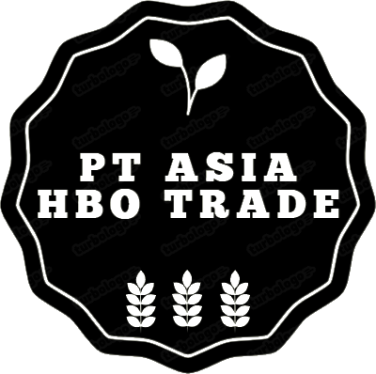Spain:
Rúa Pintor Laxeiro, 13, 36211 Vigo, Pontevedra, Spain
Ukraine:
Office center Leonardo, Bohdan Khmelnitsky street, 52, Kyiv, 02000

Indonesia:
Prudential Centre 22nd Floor, Jalan Casablanca Raya Kav.88, Kel. Menteng
Dalam, Kec. Tebet, Kota Adm. Jakarta Selatan, Provinsi DKI Jakarta
Fabric and Accessories
LOOKING FOR WHERE TO ORDER FABRICS IN BULK?
WE ARE AT YOUR SERVICE. WE HAVE WHOLESALE PRICES EVEN FOR SMALL WHOLESALE CUSTOMERS. EVERYTHING IS EXTREMELY SIMPLE AND TRANSPARENT. WE HAVE BEEN POPULAR AMONG THE WHOLESALE BUYERS OF THE GLOBAL MARKET FOR SEVERAL YEARS. WE WILL BECOME YOUR FAITHFUL ASSISTANT
IN THE CHOICE OF FABRIC PRODUCTS, LINEN, ACCESSORIES, WORK GLOVES. FURTHERMORE, WE HAVE AN EXCELLENT RANGE OF QUALITY GOODS FROM MANUFACTURERS – A WIDE SELECTION OF TEXTILES THAT HAVE HIGH PERFORMANCE INDICATORS, EXTERNAL DATA AND A WIDE SELECTION OF COLORS!
Fabric types
Knitted fabric
Accessories for fabric
Work gloves
agrotextile
ONE OF THE TECHNOLOGICAL SOLUTIONS IN HORTICULTURE AND VEGETABLE GROWING, WHICH ALLOWS YOU TO GROW THE CROP IN A SHORTER TIME AND AT THE SAME TIME REDUCE LABOR INTENSITY AND INCREASE PRODUCTIVITY BY ELIMINATING INTER-ROW WEEDING, LOOSENING THE SOIL AND REDUCING THE NUMBER OF WATERING THE BEDS, IS MULCHING.
Various mulching materials are presented on the modern agro market: mulching film, agrofibre, as well as agro-fabric, which is most popular among farmers.
Woven agrotechnical fabric was found to be widely used in agriculture, horticulture, and landscape design. Agrotechnical weed control is used for mulching the soil, for covering the aisles of strawberries, blueberries, and other berry crops. Mulching agrotechnical fabric is also used in landscaping
for creating flower beds, rock gardens and rockeries, for planting thumb and other decorative conifers. And in nurseries and garden centers, such a landscape fabric serves to shelter a soil area in order to prevent plant roots from growing into the ground through drainage holes in pots.